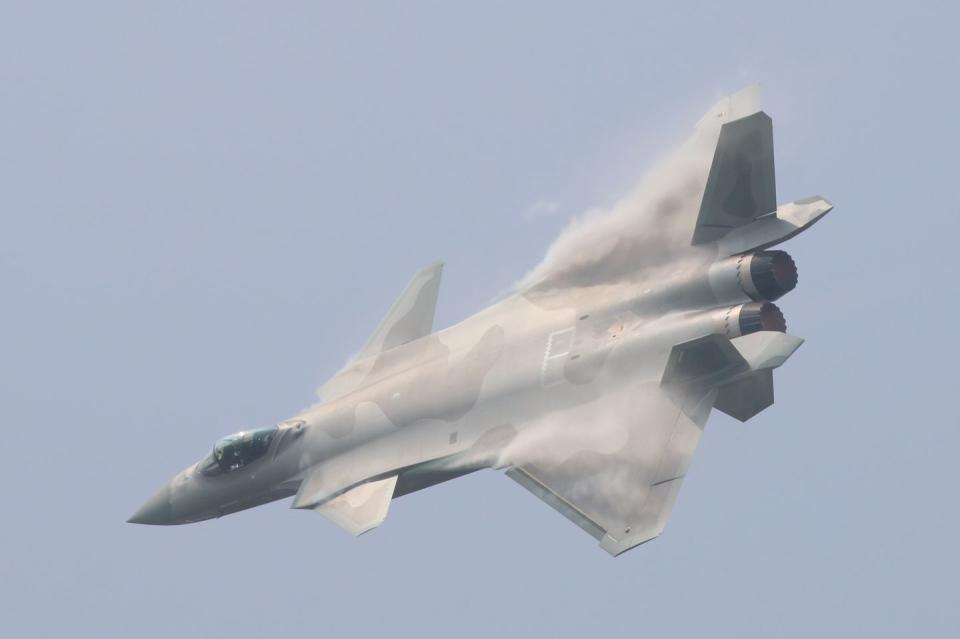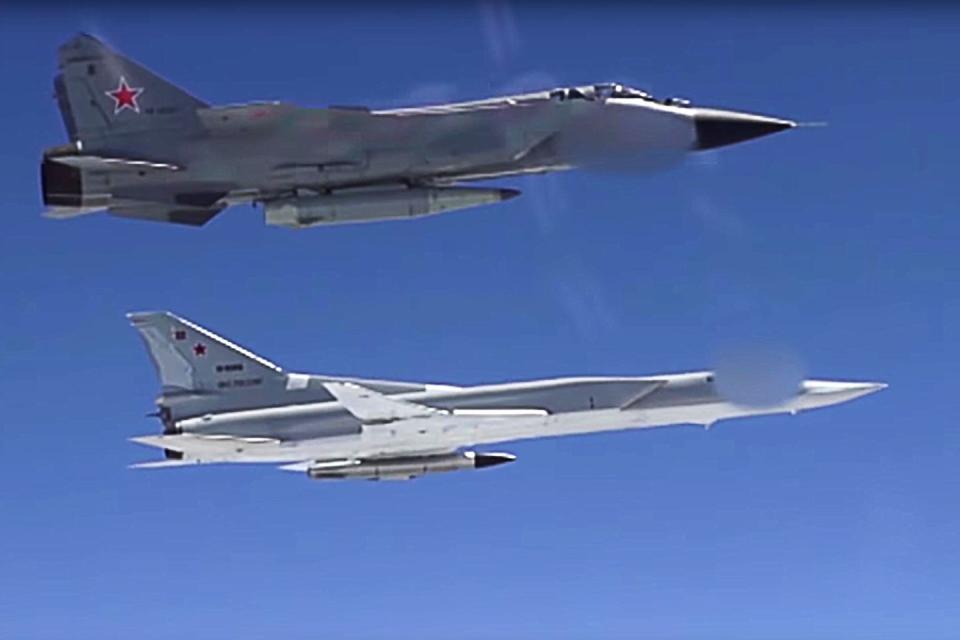Russia and China Still Can’t Compare to America’s Military Power, According to the Latest Rand Report
A new report claims that America’s two main adversaries, Russia and China, still cannot match the military power of the United States.
The finding, by the Rand Corporation, shows that the two countries are collectively more powerful than ever, but won’t catch up with the Pentagon any time soon.
The report predicts the two countries will grow closer together militarily, “as the sum of their power comes closer to that of the United States.”
The second and third greatest military powers in the world, Russia and China, are gradually approaching the United States, but they still have a ways to go. At least, that’s the word from the Rand Corporation, whose report on Russia-China military cooperation dropped last week.
Although the U.S. is projected to remain on top through 2022, the prospect of Moscow and Beijing working together “complicates U.S. military calculus and should drive a reevaluation of contingency plans.”
The report, first covered by Military Times, examines the current status of Russian and Chinese military cooperation. The two neighboring countries were allies early in the Cold War, as the Soviet Union and the People’s Republic of China shared the same communist ideology. By the mid-1960s however the Sino-Soviet bloc had split, and even briefly fought a border war in 1969.
The United States is the sole military superpower, although Russian nuclear weapons and Chinese military and economic power make both near-peer competitors. Both countries have a shared view of the U.S, which they see as a strategic competitor and at times outright opponent. While neither wants war, both would like to see a more even playing field between all three countries. It’s a shared interest that pushes Russia and China closer together.
The report currently ranks U.S. military power at .6, having declined from .7 in 1997. Meanwhile, China has risen from .1 in 1997 to .25 in 2016, while Russia has remained in a narrow band between .22 and .19.
Together, both add up to a total of .41, which is considerably less than the U.S.’s ranking.

The report charts China’s rise to military power up until 2016. Since then, China has added a second aircraft carrier, 23 new guided missile destroyers, 29 new frigates, 60 to 70 new J-20 fifth generation stealth fighters, and 229 new intercontinental ballistic missile silos. China’s new equipment and force expansions since 2016 have earned it an upgraded, higher score.
Russia’s force levels, on the other hand, have remained flat or even decreased. Russia’s only carrier, Admiral Kutznetsov, is elderly with no solid prospect for replacement. Land and air power has largely remained flat, with Russia still leaning heavily on Cold War era equipment such as the BMP-2 infantry fighting vehicle, MiG-31 long range fighter, and Tu-160 “Blackjack” heavy bomber.

One major increase has been in submarines, primarily in the new Borei class missile submarines and Yasen class guided missile submarines. Another is the introduction of new hypersonic weapons, such as the Kinzhal and Zircon tactical hypersonic weapons and the Avangard strategic hypersonic weapon, will give Moscow new abilities—if it can afford them.
Read more at the Military Times.
🎥 Now watch this:
You Might Also Like

